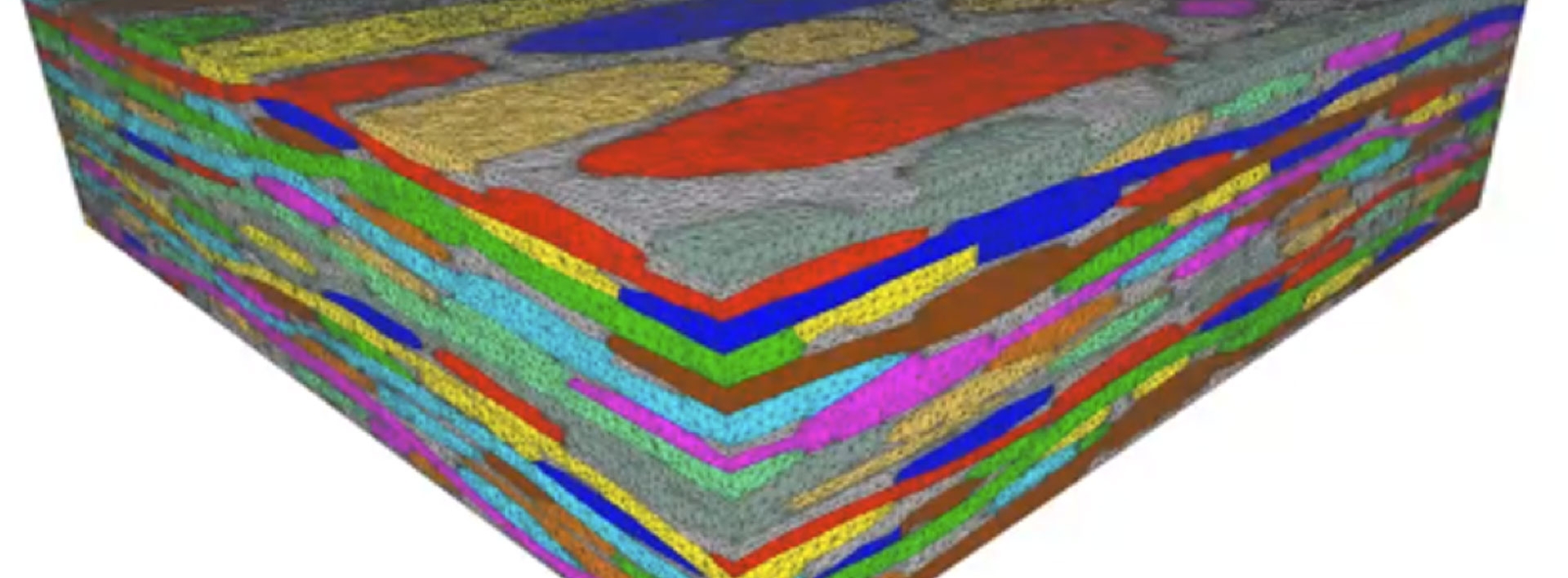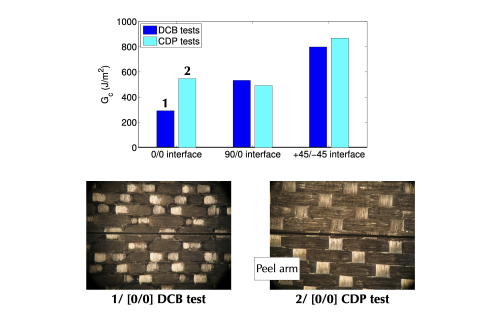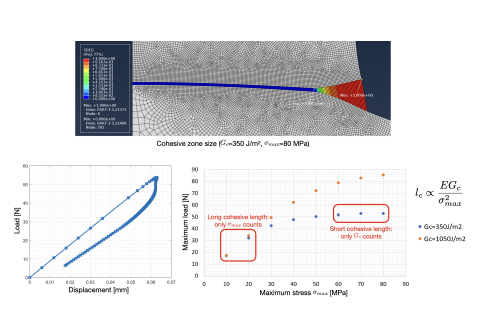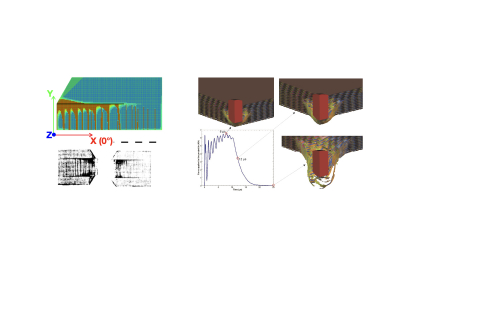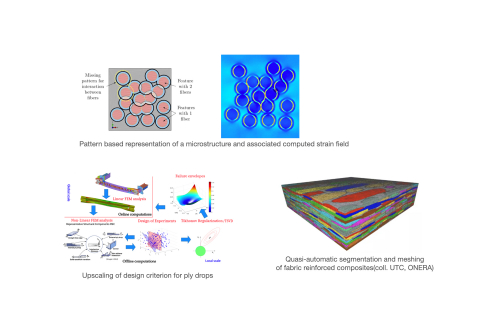Research
MILA
Activities
Some materials, biomaterials or structures, whether manufactured or natural, derive their particular properties from the organisation of their internal constituents. The study of the mechanisms and interactions that determine these functional properties at different scales is the focus of our research.
We are particularly interested in :
- the different levels of structural organisation of organs such as bones and teeth, from their biofabrication in vitro from cells to their repair or regeneration in vivo;
- the synthesis and inclusion of nano-reinforcements in polymeric, ceramic or metallic composite materials in order to couple and optimise multiphysical properties;
- filament assemblies that can constitute composite reinforcements; composite materials for the transport and energy industries;
- non-classical macroscopic behaviour resulting from complex interactions between fibrous components at lower scales.
Competencies
In order to elaborate these structured media and/or describe their behaviour, we are developing specific methods of elaboration, multimodal experimental characterisation, modelling and numerical simulation, aiming to understand, identify and characterise the mechanisms controlling their specific properties, and on the other hand to optimise the synthesis and implementation processes.
The internal structure of these objects generates strong heterogeneities, couplings between scales that can go from nano to macro, and often requires going beyond the usual approaches. In order to meet the challenges posed by the representation of their behaviour, we are therefore committed to identifying the elementary mechanisms and their interactions and to characterising their effects on their properties.
Objectives
The main societal challenges that our work addresses are :
Energy production, storage, transport and recovery
- The development of offshore wind platforms is creating new needs in terms of anchoring cables and power transmission.
- Tokamaks for nuclear fusion pose significant problems for superconducting cables for plasma confinement magnets.
Health
- Proposals for improved care (repair, regeneration, biomimicry, surgical training).
- Bone tissue engineering: development of an optimised perfusion bioreactor to create bone substitutes.
- Dentistry: understanding dental tissue to propose new, more durable restorative materials.
Reduction of energy consumption
- Reduction of transport consumption through weight reduction (development of composite parts for aeronautics), reduction of dissipation in tyres, and reduction of design margins.
- Improving the thermal performance of buildings by designing customised materials.
Managers

MILA team
Elsa VENNAT
Senior lecturer with HDR
Head of the MILA team
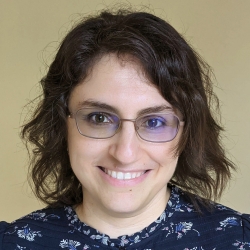
MILA team
Federica DAGHIA
Senior lecturer with HDR
Deputy manager of the MILA team
Secretary of the Composite Materials Association (AMAC)
